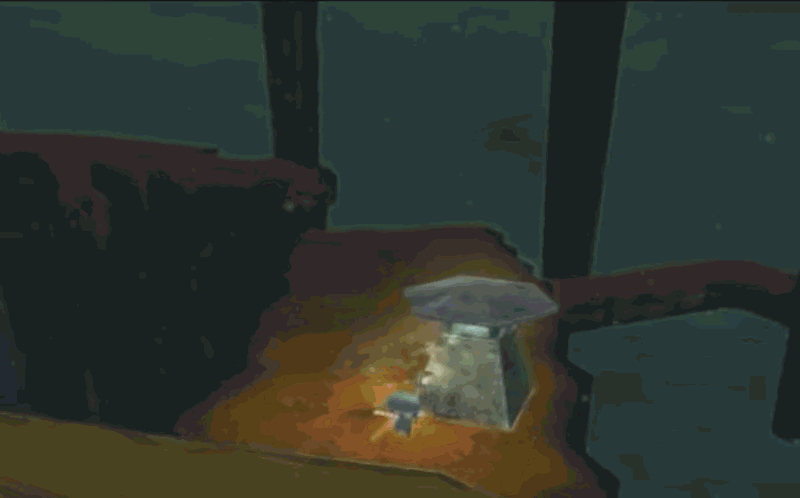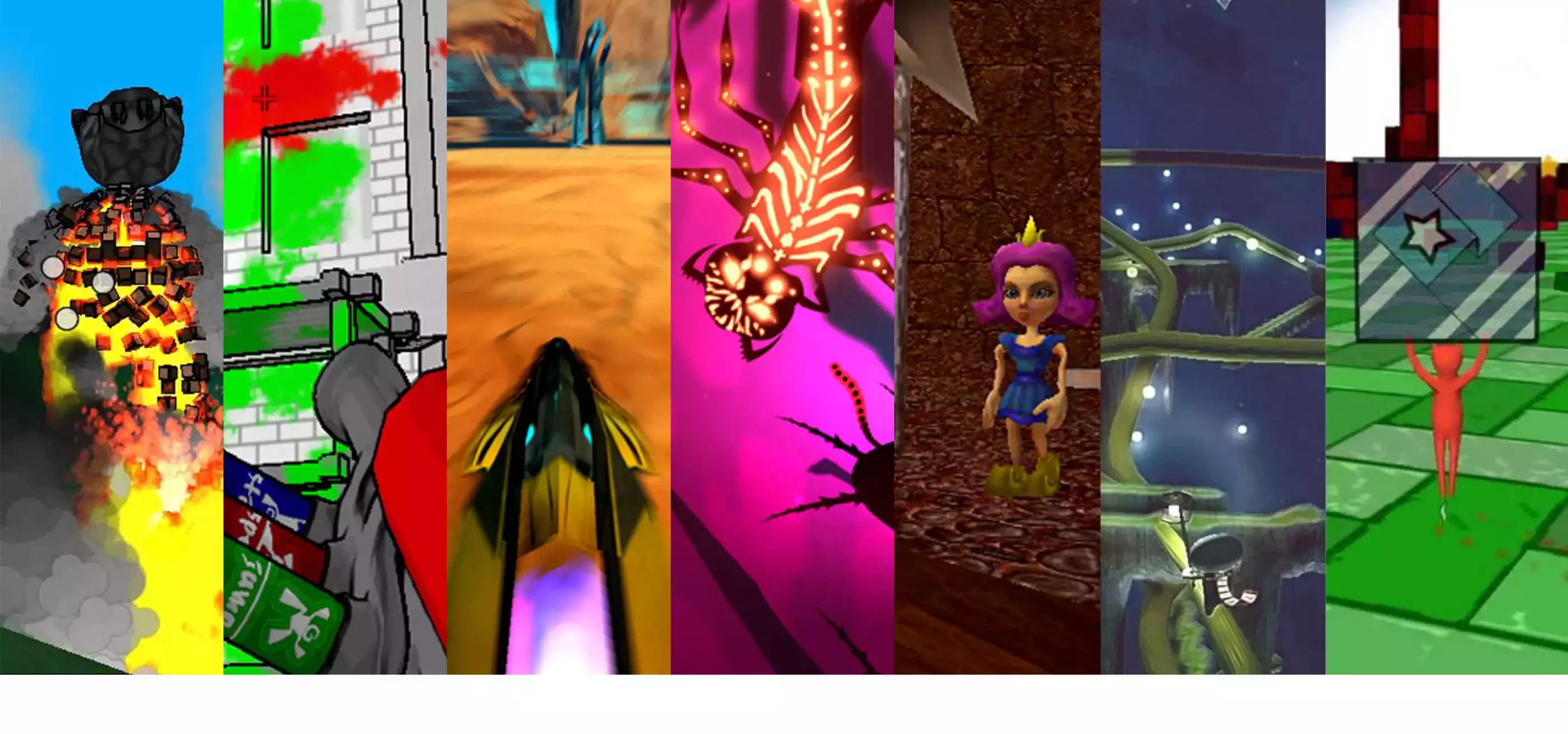In the three decades since DigiPen’s founding, student developers, designers, artists and musicians have produced hundreds of amazing video games. An essential pillar in DigiPen’s hands-on approach to education, game projects not only give students an opportunity to flex the skills they’re learning in class — they also provide a taste of the dynamic, team-based development process they will encounter once they enter the industry.
Unsurprisingly, the free-to-download finished products often stand toe-to-toe with professional games, garnering awards, press accolades, and enthusiastic fan bases of their own. In honor of DigiPen’s 30th anniversary, we’re counting down DigiPen’s top 20 most downloaded student games – kicking things off with numbers 20 through 11.
20. Aporkalypse
Turning the Three Little Pigs into a first-person shooter isn’t the most obvious idea for a game, but team Head Games was certainly onto something in 2011 with Aporkalypse. In this surreal twist on the classic fairy tale, pig-kind are a hostile force invading wolf territory, forcibly building fortresses and houses to realize their empire. As a wolf leading the revolution against this occupying force, you’ll need to “huff” and “puff” your way to victory. A good puff can knock over a pig house or an enemy pig, but if you huff in a brick or pig first, you can puff them out as a projectile, dealing even more damage. Combined with your puff-assisted super jumps, you’ll be turning the porcine horde into HP-restoring bacon strips in no time.
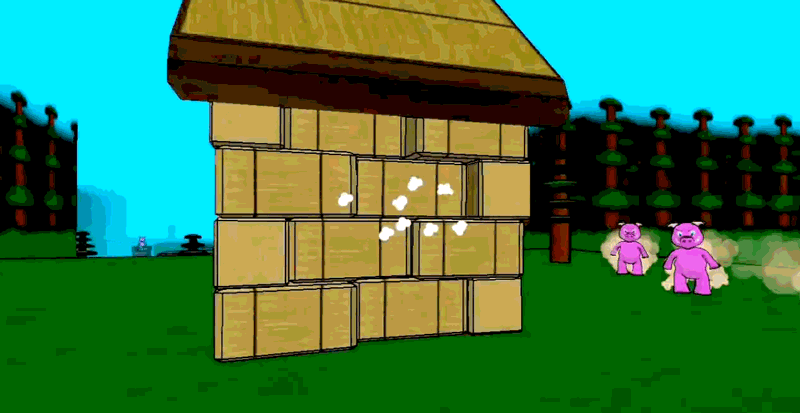
19. A Flipping Good Time
A Flipping Good Time flipped the script on the platforming genre by giving players the ability to switch the pull of gravity. Controlling a young caped boy, players do less jumping than floating through levels. Before long, the dizzying gravitational back and forth will keep you all but suspended in air as you dodge deadly crystal spikes and enemies. To make things really interesting, the student team threw in a handful of high-speed mine cart levels, resulting in some loopy, off-the-rails action.
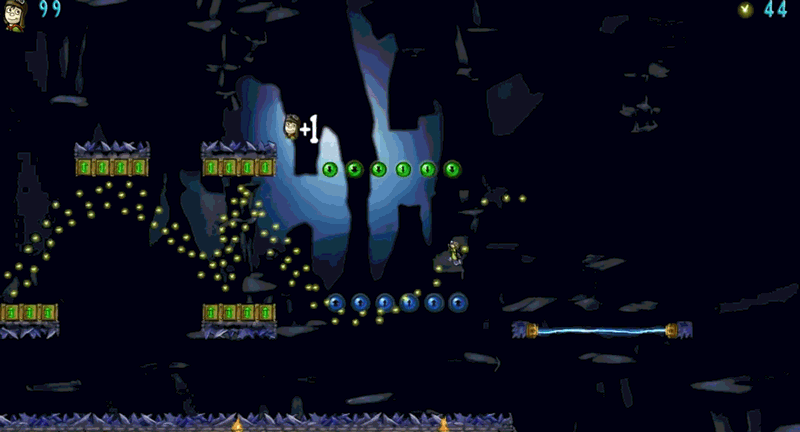
18. Tag: The Power of Paint
One of the most recognized titles in DigiPen’s lineage of excellent first-person puzzlers, 2008’s Tag: The Power of Paint drops players into a greyscale world and arms them with a paint gun. Your only goal is to reach the swirling blob of color at the end of each level, but with the world as your canvas, how you get there is up to you. Shooting green paint allows you to bounce off surfaces. Red paint will send you speeding in whichever direction you step. And with blue paint, you can stick to surfaces like Spider-Man. Put them all together and you’ll be zipping and ricocheting off walls and floors like a pinball. Like Narbacular Drop before it, Valve was so impressed with the game, they hired the Tag team to incorporate similar gameplay elements into what would become the modern classic Portal 2.
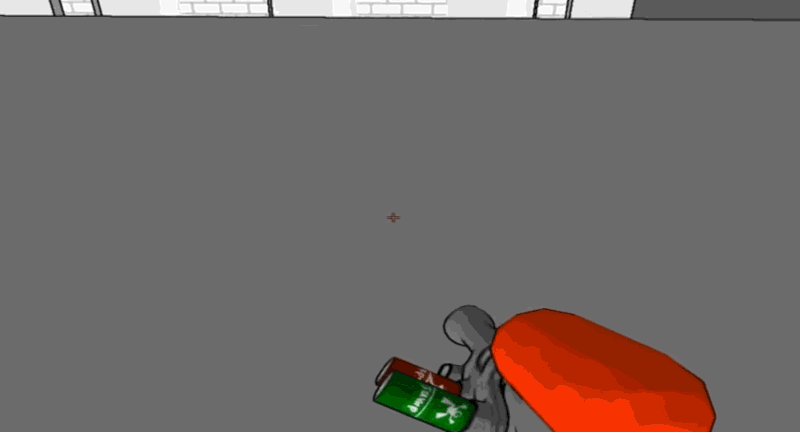
17. Deity
In most isometric dungeon crawlers, you play as a noble hero bashing back hordes of monsters born from darkness. In Deity, team Double++ did the opposite, putting you in control of one of those same monsters of darkness — a pretty powerful one at that — who must stealthily slay unsuspecting knights. That “darkness” is especially key here, since venturing into the light will instantly kill you. In another turn away from the typical dungeon crawler formula, you won’t be doing much bashing either. Deity’s unique gameplay is built around possessing torches, gargoyle statues, and the knights themselves, chaining together jumps between all three for maximum strategic efficiency.
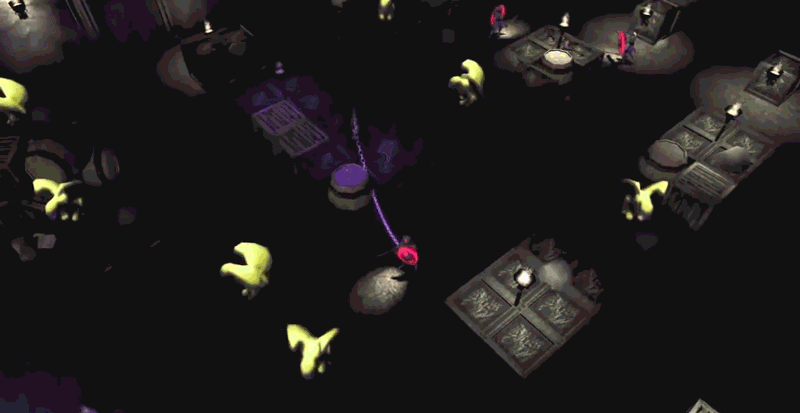
16. Arc
The alien world of Arc is gorgeous to behold. This isn’t a game for leisurely sightseeing though – you’ll be marveling at its mix of harsh deserts, crystal caverns, and sci-fi architecture at Mach speed. The competitive multiplayer racing game puts you in the cockpit of a jet-propelled hovercraft blasting through alien constructs, over chasms, and hopefully to the finish line (as long as you don’t careen into any lava pits). Implement your boost to sail past your competitors, but know that your decreased turn radius and potential to overheat means you might just sail into a cliff face instead.
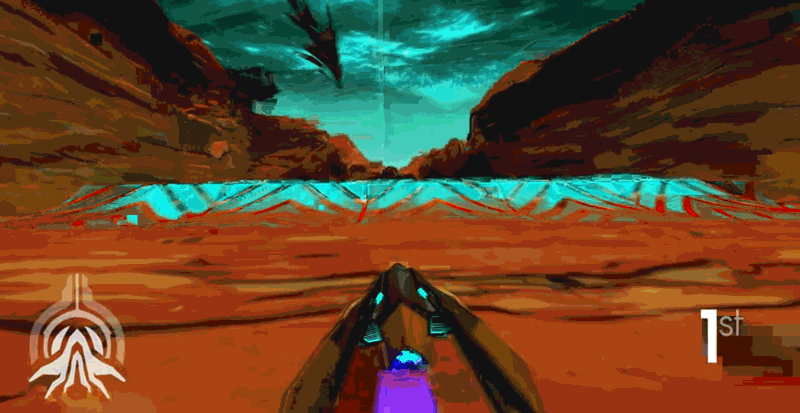
15. Game School Simulator
One of the most meta games ever to emerge from DigiPen, Game School Simulator charges the player with the task of building and maintaining a reputable game development college. After a handy tutorial from “Brad Bromayor,” who informs you you’ve been granted your loan to start construction, the player plops down a lobby and a classroom, the bare minimum required to begin. After your first students start trickling in, it’s up to you to decide how to expand your facilities and manage your financial and academic priorities. We can’t possibly imagine what real-world places and events inspired this popular student game, but it all makes for a fun, worthy simulator.
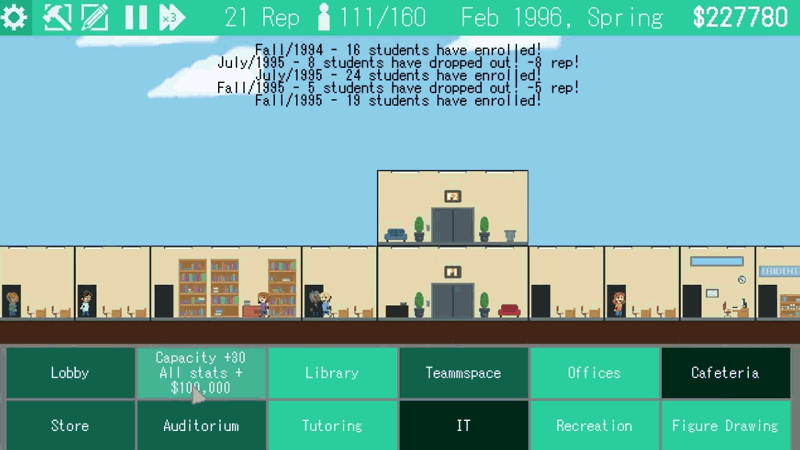
14. SubRay
When Team Atmos released SubRay in 2014, it was named Game of the Year at the DigiPen Game Awards. Even outside of the confines of DigiPen, there aren’t many games like it — a strange and transportive undersea amalgamation of exploration, horror, and wonder. After crash landing on an alien planet, you must control the ship’s surviving aquatic pod through the oceanic depths to search for the scattered pieces of your spacecraft. Bizarre deep sea creatures inhabit this underwater world, however, and whether you choose to proceed with stealth or force will reflect in their behavior towards you throughout the game. The game’s beautiful 2D design is akin to intricate cut paper art, which, taken along with the high-contrast color palette of blacks and subtle glowing hues, crafts an incredibly distinct atmosphere — one Team Atmos would rebuild in fully-immersive 3D for their later project, SubRay VR.
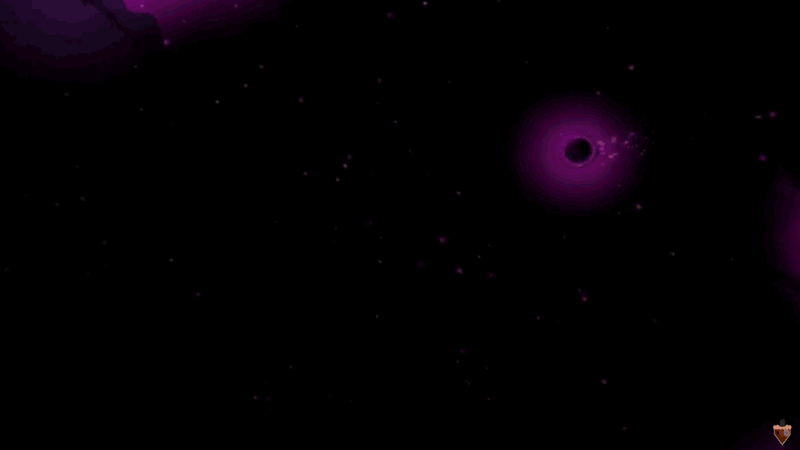
13. Toblo
Predating both Minecraft and Roblox’s cube-centric aesthetic, this 2007 winner of the IGF “Best Student Game” award pits two teams (angels and demons) against each other in a classic game of capture the flag. The catch? The entire world is made of blocks that you can pluck and chuck at enemies and their team base. That simple recipe results in some sublimely fun gameplay, whether you’re hightailing it with the flag as enemy blocks whizz past your head, or turning cute cubic trees and foliage into projectiles. By the end of a good, heated match, the game world will look a bit like a Lego set spit out by a hurricane.
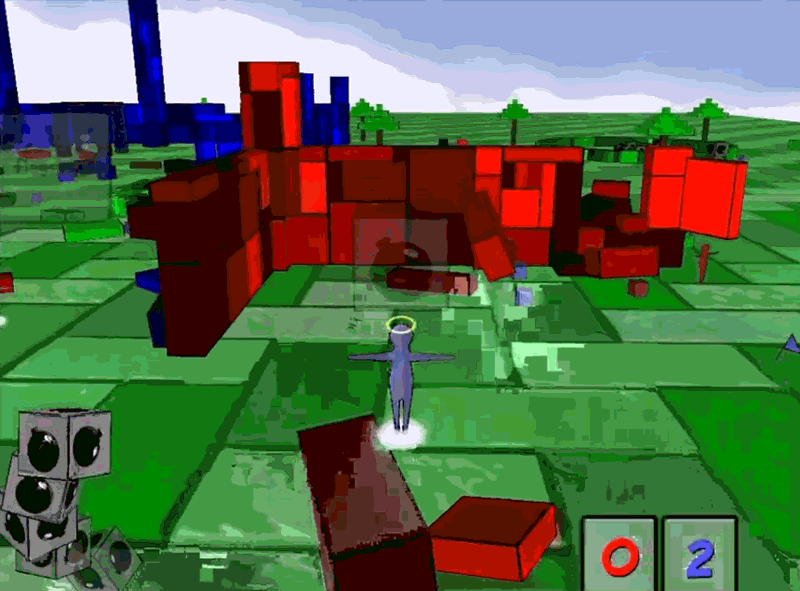
12. Narbacular Drop
One of DigiPen’s most influential student games, Narbacular Drop would go on to inadvertently birth a classic of the gaming industry. Developed by Nuclear Monkey Software in 2005, the 3D puzzle game puts the player in control of a character named “Princess No-Knees” (a name referring her inability to jump). Kidnapped by a demon, No-Knees is thrown into a sentient (and friendly) dungeon named Wally, who just so happens to have the ability to make interlinked portals on room surfaces. A Valve representative, impressed with the game after attending a DigiPen Career Fair and providing the team with feedback, would eventually invite the team to demo Narbacular Drop at Valve’s offices. Valve co-founder Gabe Newell was so impressed after the presentation, he decided to hire the entire student development team on the spot and have them turn the project into a triple-A title built around the same mechanic. The result is a little game we now know as Portal.
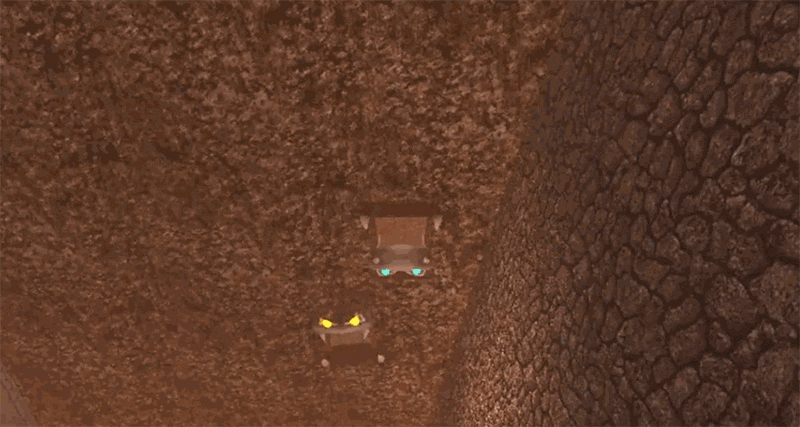
11. Dreamside Maroon
Sometimes games don’t need intense battles or high drama to be engaging. There’s something inherently engaging about being placed in a virtual world and given the opportunity to simply explore. In Dreamside Maroon, you control a scarf-clad wanderer riding a giant growing vine to the moon. As it twists and turns its way towards space in interesting patterns, changing colors as you ascend, you can poke around the dream-like environment by collecting fireflies or hoping off to inspect the strange scenery up close. Dreamside Maroon’s relaxing experience earned it a spot in the Independent Games Festival’s student showcase and the Indie Game Challenge’s non-professional category in 2010.
